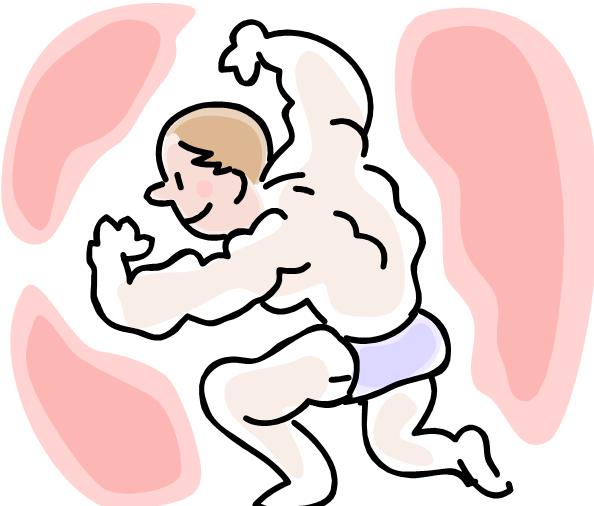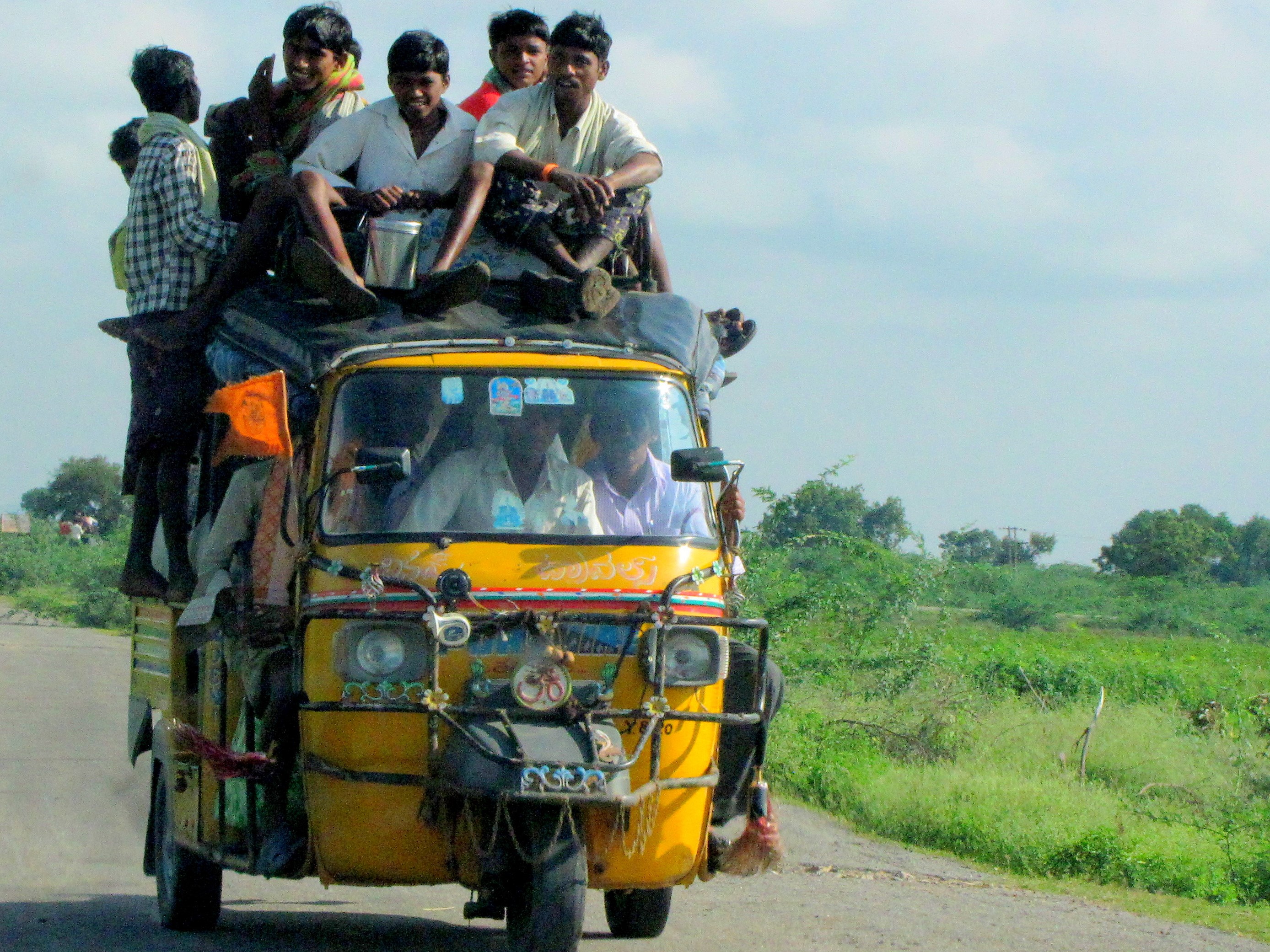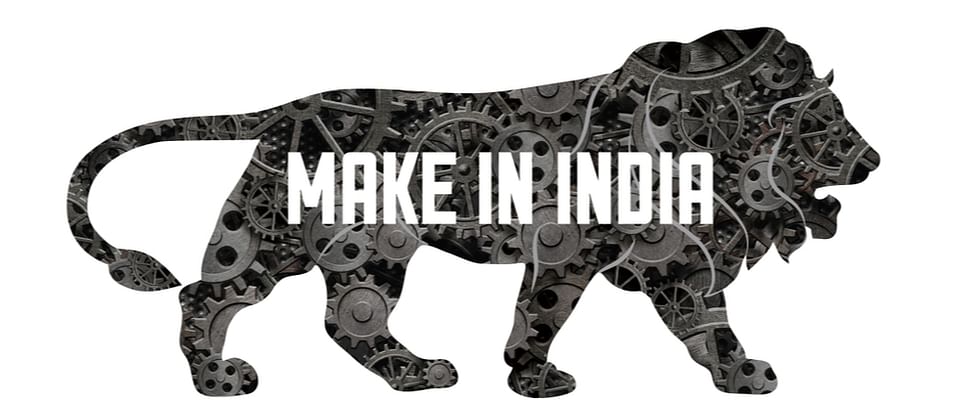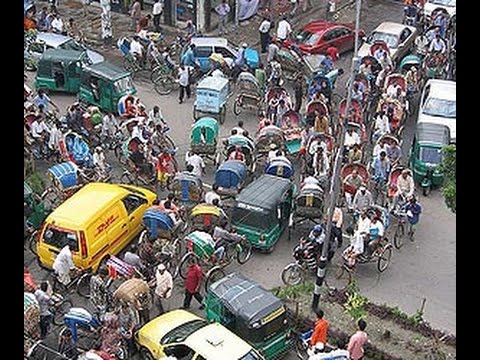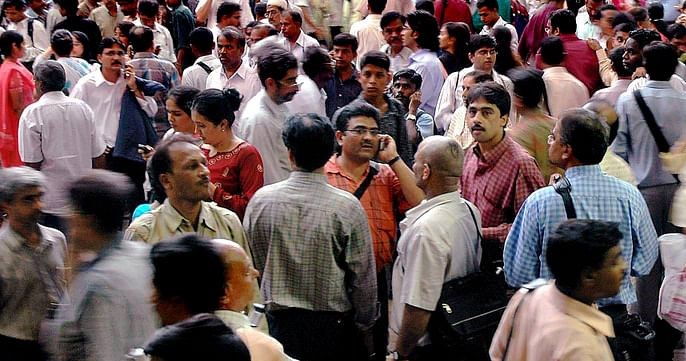
Mr. Modi has indeed made significant strides and vocalized sentiments that resonate with many in society, particularly among Hindus. The tangible progress in infrastructure development, such as the construction of highways, bridges, and the introduction of Vande Bharat trains, along with the mitigation of terror threats and the abrogation of Article 370, stand out as commendable achievements deserving recognition.
However, it is crucial to confront the substantial drawbacks that often go unnoticed amidst the celebrations. The failure of the Swachh Bharat campaign, despite substantial funding, underscores a significant misstep.
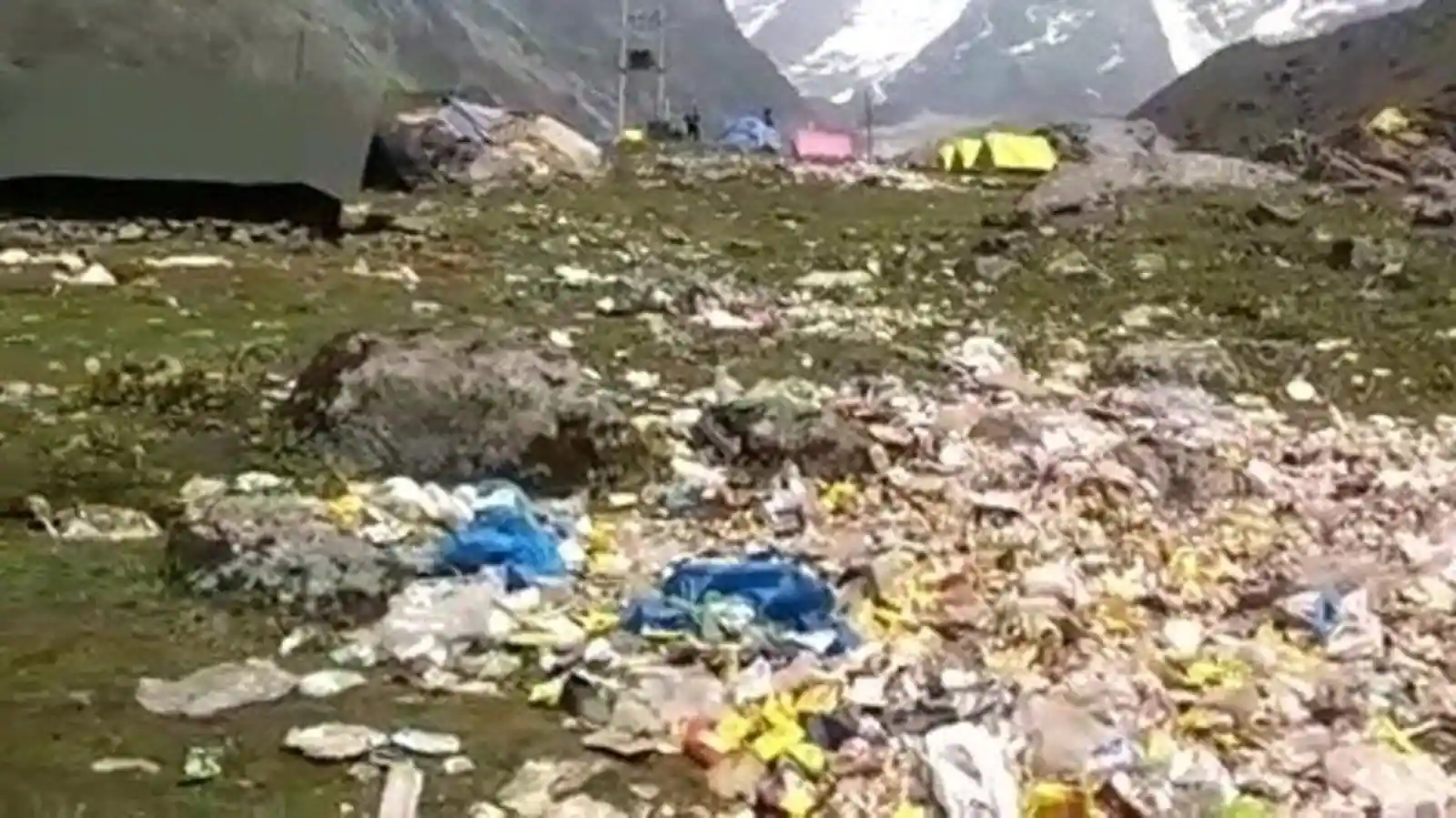
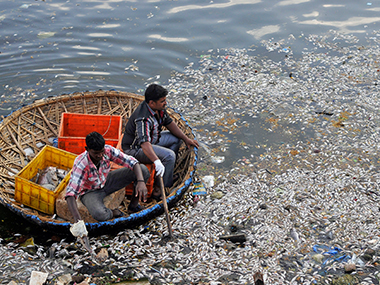
Additionally, the utilization of government agencies like the Enforcement Directorate and Income Tax Department for political gains through electoral bonds raises serious concerns. The investment in the Smart City program has yet to yield substantial results commensurate with the massive funds allocated.
Despite the government's consistent rebranding and reframing of development narratives—terms like "Achhe Din," "Amrit Kaal," and "Viksit Bharat"—a dispassionate evaluation reveals minimal improvement in the quality of life for the common man, if not a worsening situation.
As a patriot deeply invested in the nation's well-being, it is concerning to witness blind adherence to nationalist sentiment without critical inquiry. While nationalists express unwavering pride in the country, they often neglect to question the government's actions. In contrast, patriots, driven by a commitment to progress, are vigilant in holding authorities accountable.
For instance, India’s statistical agency claims India's economy has expanded 7.6 percent in FY23/24 (April 2023-March 2024). The government of India has trumpeted this figure loudly, as a validation of its vision and policies. But as a true patriot, who serves the country and its people, and not the leadership, one needs to question and face the inconvenient truths and ask questions, observe ; Have our cities become cleaner ? Are our cities and villages now Open defecation Free ? Have the road side vendors increased or decreased in numbers?
Various commentators have written on the serious flaws in the methodology of calculating GDP (one such piece was written by a respected professor of Economics: https://indianexpress.com/article/opinion/columns/is-indias-growth-rate-overestimated-9239003/). The reluctance to acknowledge flaws in methodology to calculate GDP, such as the imprecise measure of inflation in the economy being used to convert the nominal GVA (gross value add) to real GVA or the grossly inaccurate methodology of deriving the GDP number from GVA, indicates a concerning lack of transparency.
Without getting lost into the complexities of how GDP is calculated, it is possible to see how far removed this 7.6% growth number is from reality. But this is possible only if we open our eyes:
- How can the GDP growth be so high if the private consumption which is the biggest chunk of India's economy (accounting for 57 percent of the GDP in 2023-24), is set to expand by a mere 4.4%, a three-year low growth rate.
- How is the economy growing when agriculture sector has performed poorly due to an uneven monsoon season last year. Rural incomes have barely grown and had they been growing, then there was no need for the PM and various state CMs to provide subsidised rations and money to them.
- How can private consumption keep growing if the salaries are stagnating and there is a massive dearth of quality jobs (captured by the official statistics themselves, which the government does not trumpet).
Ironically the struggling common man is cheering the construction of luxury apartments, sale of fancy cars and top-end consumer goods, even as FMCG companies are recording low profits in selling biscuits, soaps and shampoos in rural and semi-urban areas.
The common man is cheering the rising share of luxury homes in overall sales even as the share of budget and mid income housing has been falling. He is cheering the sales of the premium goods like SUVs, Big screen televisions, refrigerators, air conditioners and electronic washing machines even as he is unable to afford entry-level TVs, refrigerators and cars.
In fact, according to industry executives, consumers are delaying or shying away from purchases due to high inflation and the lingering impact of Demonetisation, GST and the COVID-19 pandemic on earnings and savings.
Satish NS, president, Haier India says: “At the low end, consumer income is hurt and savings have been wiped out. Markets with a higher share of upper middle class consumers and a healthy penetration of consumer finance are growing—like Andhra Pradesh, Karnataka and Gujarat. However, the Hindi heartland that includes Madhya Pradesh, Uttar Pradesh and Rajasthan is badly impacted.” (https://economictimes.indiatimes.com/news/economy/indicators/soaring-high-end-falling-low-end-indias-consumption-story-splits-in-two-after-pandemic/articleshow/105865911.cms?utm_source=contentofinterest&utm_medium=text&utm_campaign=cppst)
We will surely not be able to achieve the desired results, if we show case our successes on the basis of manipulation of data and manipulating the methodologies , as was suggested by World Bank chief economist Indermit Gill, In Dec 23 , he had said “ Middle-income countries like India need to make policies based on reliable data to get into the league of high-income otherwise achieving sustainable growth will become harder”.
Although, We are a three trillion consumption-driven economy; but our per capita income is barely 2500 dollars (ranked 140) if not less but equal to that of Bangladesh which is barely a one trillion economy. This anomaly should by itself compel us – the patriots, to ask - How would we be able to grow and achieve a High income status by 2047 and also to keep critically examining the Govt so that ; we do not lose the direction.
Notwithstanding the above, the Nationalists can continue to cheer; that’s their job.
Add a comment
